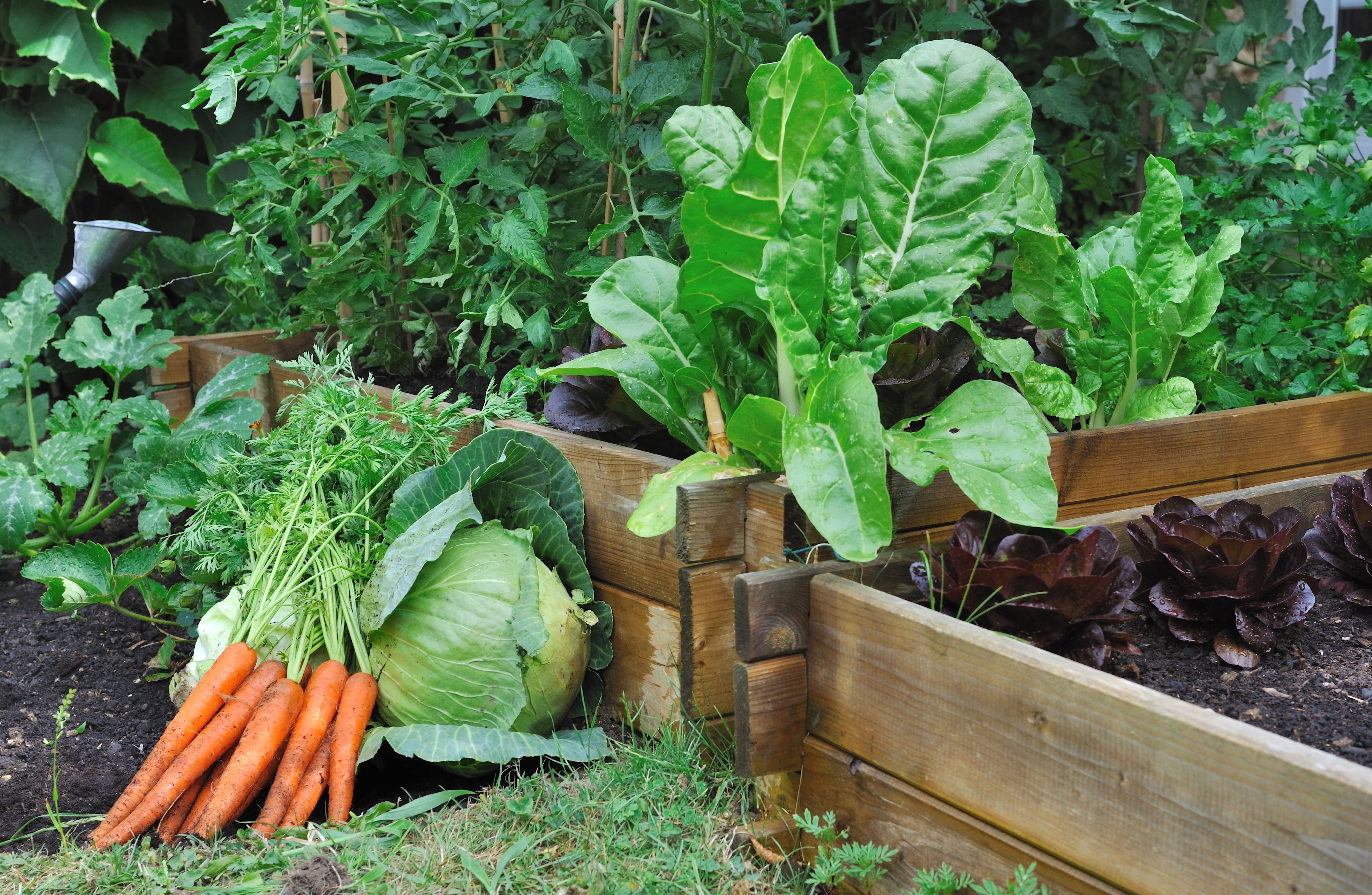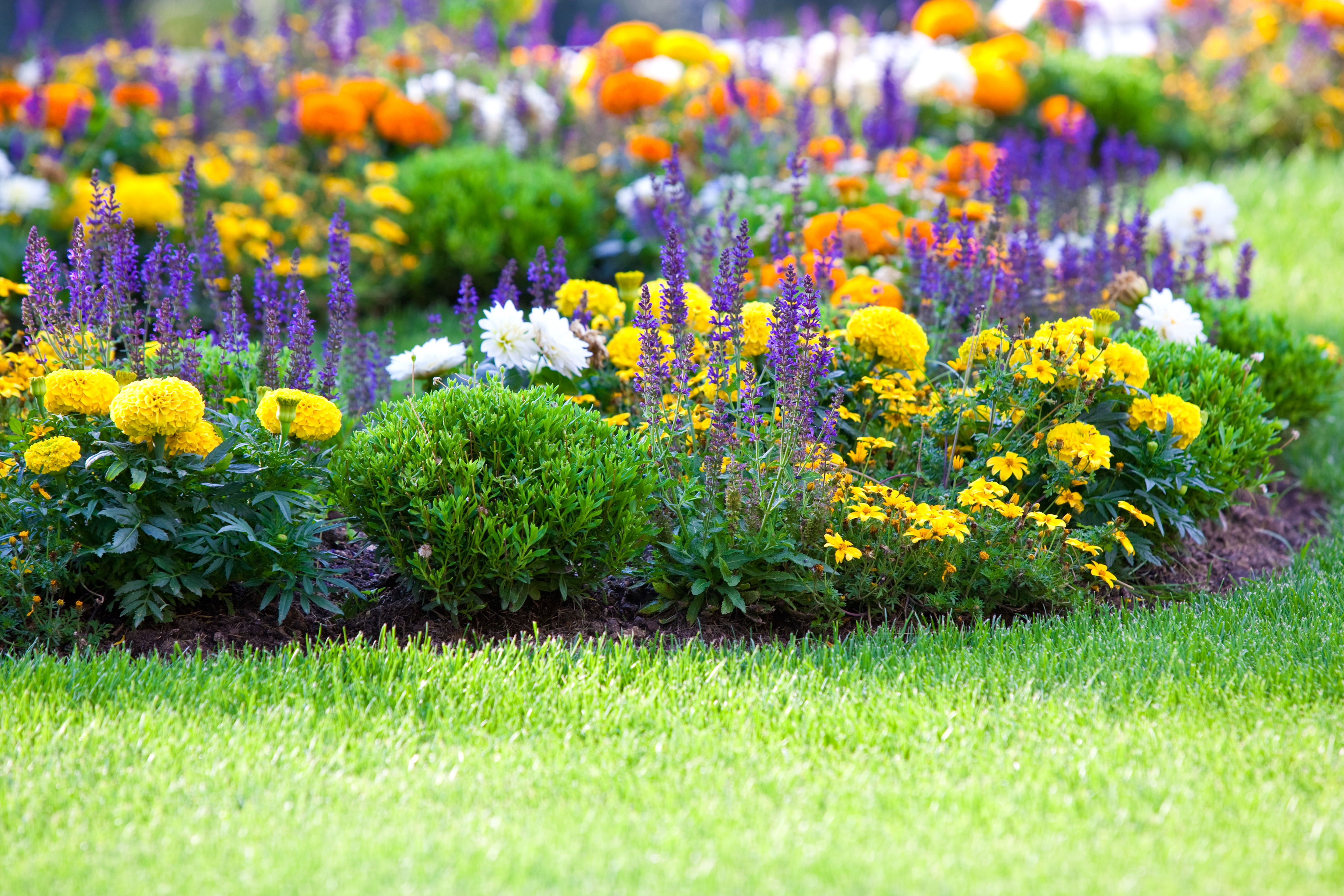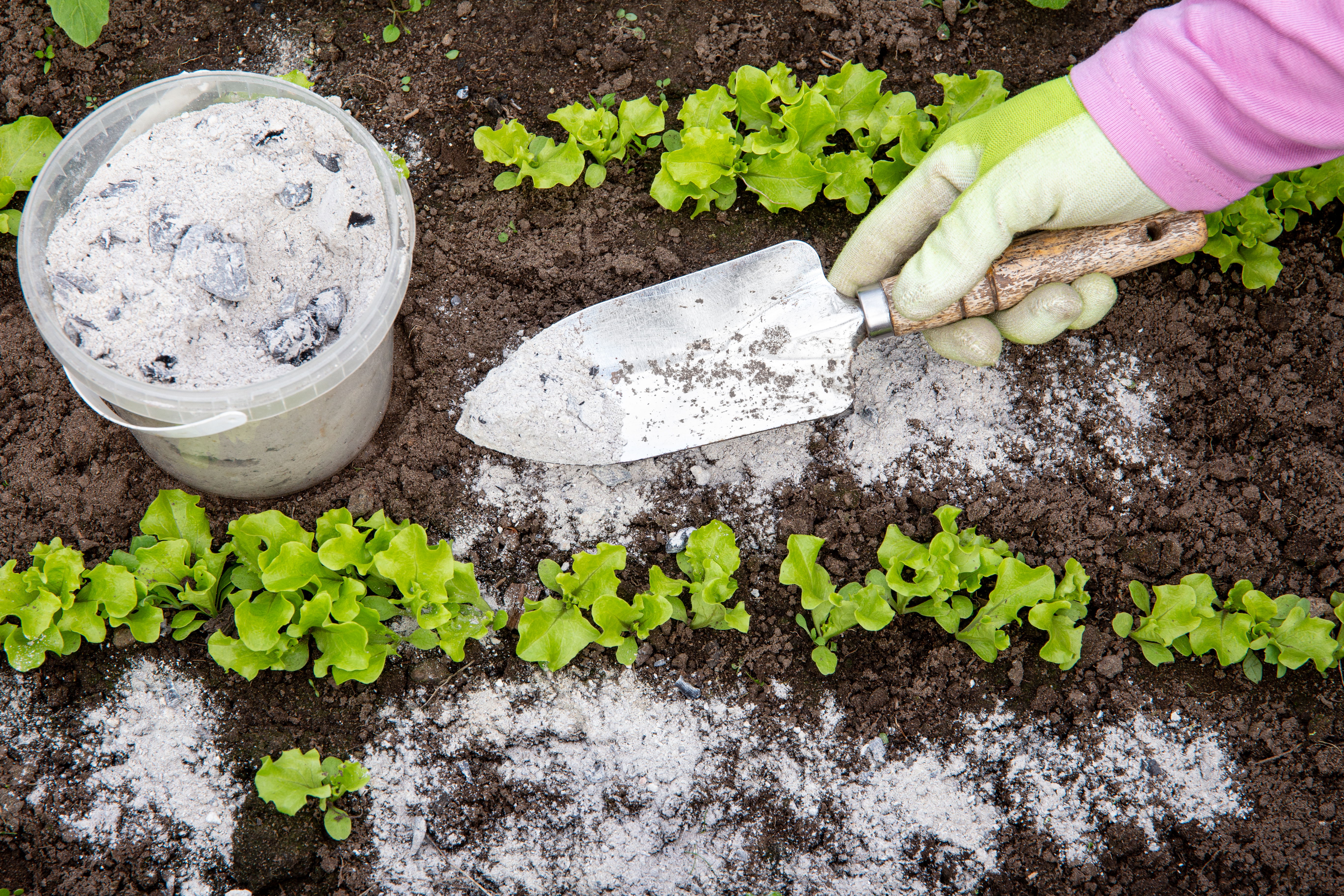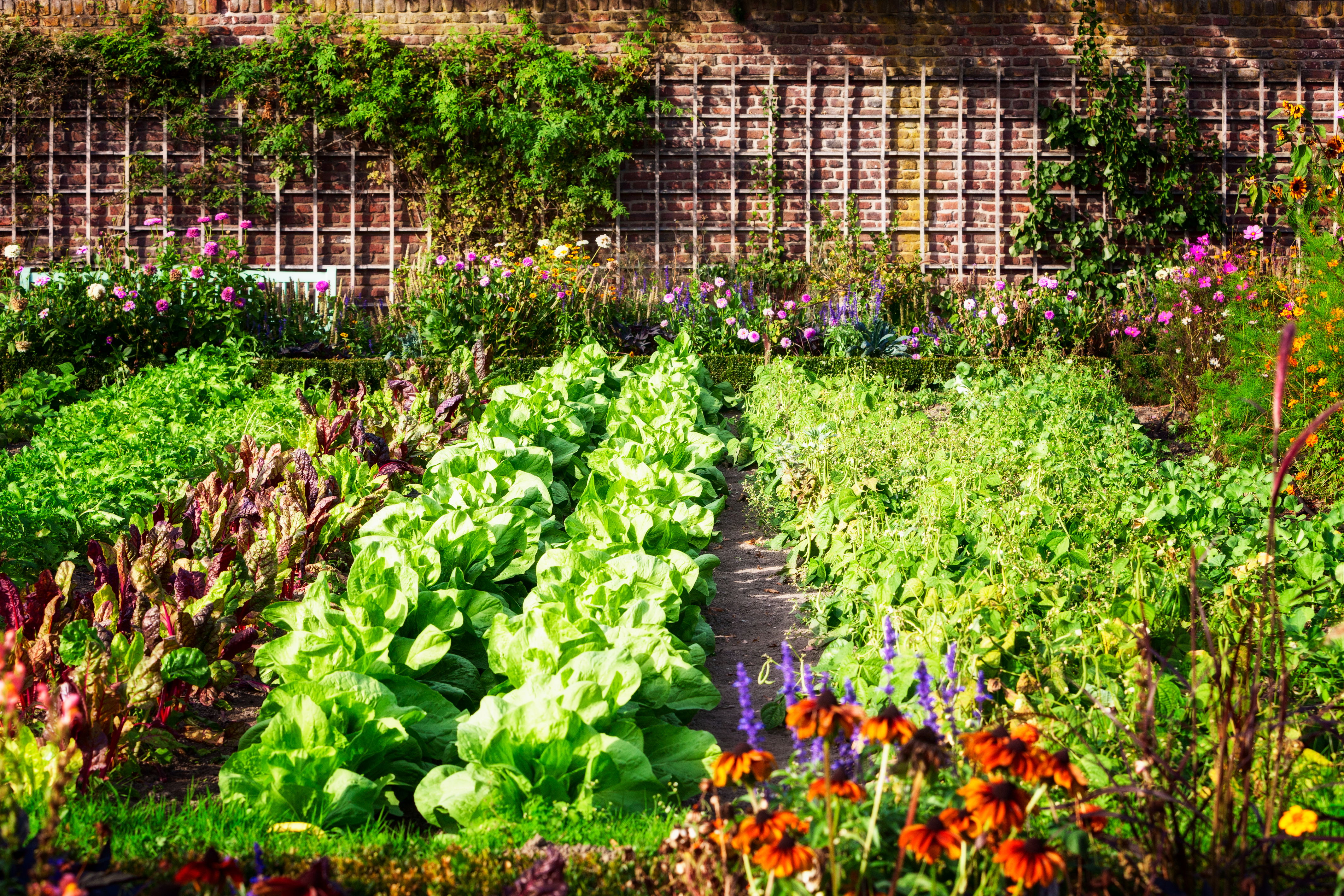Companion Planting: Natural Pest Control in Your Garden
Gardening isn’t just about choosing the right seeds and watering them regularly—it's about understanding the relationships between plants. Companion planting is an age-old technique that harnesses the natural benefits plants provide each other, helping your garden flourish with less reliance on pesticides and artificial fertilizers.
Example of Implementing Companion Planting: An effective companion planting strategy can be seen in a vegetable garden where tomatoes, marigolds, basil, and carrots are planted in proximity. The marigolds repel common tomato pests while attracting soil-enhancing earthworms, and basil’s strong smell confuses pests while attracting beneficial insects. Carrots benefit from marigolds' pest-repellent properties while helping to loosen the soil, aiding tomato root penetration.

The Power of Companion Planting: How to Make Your Garden Thrive
If you’re looking to enhance growth, prevent pests, and improve overall plant health, then pairing the right plants together is key.
Let’s explore some of the best companion plant combinations and how they work their magic.
Top Companion Planting Pairs
1. Garlic & Brassicas (Cabbage, Broccoli, Kale)
Garlic is a powerhouse in pest prevention, especially against aphids and caterpillars that love brassicas. Its strong scent confuses pests, keeping your cabbage, broccoli, and kale safe.
2. Tomatoes & Basil
Basil is more than just a culinary herb—it enhances tomato flavor while repelling harmful insects like whiteflies and mosquitoes. The result? Juicier tomatoes with fewer pests.
3. Carrots & Chives
Carrots are vulnerable to carrot flies, but chives help mask their scent and repel those pesky invaders. Plus, chives add a wonderful onion-like flavor to dishes, making them a practical and protective addition to your garden.
4. Corn, Beans & Squash (The Three Sisters)
This trio is a staple in companion planting. Beans fix nitrogen in the soil, corn provides natural support for climbing bean vines, and squash acts as ground cover, suppressing weeds and retaining moisture.
5. Roses & Garlic
Garlic isn't just for vegetable gardens—it works wonders alongside roses. Aphids are drawn to roses, but garlic helps repel them, ensuring your roses stay vibrant and pest-free.
6. Marigolds & Most Vegetables
Marigolds are a gardener’s best friend. Their scent deters nematodes, aphids, and other harmful pests, making them an excellent companion for almost any vegetable.

Getting Started with Companion Planting
If you’re new to companion planting, start small. Try pairing a few plants together and observe how they interact. Over time, you'll notice healthier growth, fewer pests, and even better-tasting produce. Beyond pest control, companion planting fosters biodiversity, creating a balanced ecosystem where plants, insects, and soil microbes work together harmoniously. Whether you're growing a backyard vegetable patch or a large-scale garden, implementing these natural pairings can lead to incredible results.
Key Benefits of Companion Planting for Pest Control
- Marigolds: Known for their ability to repel pests like nematodes and aphids, marigolds are beneficial when planted near tomatoes, cucumbers, and carrots.
- Basil: This herb repels thrips, flies, and mosquitoes and is an excellent companion for tomatoes and peppers, enhancing their growth and flavor.
- Garlic: Planting garlic near roses and raspberries can deter aphids, and alongside lettuce, it can help control Japanese beetles.
- Nasturtiums: These vibrant flowers are a magnet for aphids, drawing them away from vegetables like cucumbers and tomatoes. They also attract beneficial predators such as ladybugs.
- Chives: When planted near carrots, chives help repel carrot flies. They also benefit tomatoes by deterring aphids.
- Natural Pest Deterrence: Certain plants emit odors or chemical substances that repel pests, helping protect neighboring plants susceptible to those pests.
- Attracting Beneficial Insects: Companion plants can attract pollinators and predatory insects that help to maintain pest populations at manageable levels.
- Physical Barriers: Some companion plants act as physical barriers, either by masking the smell of pest-attractant plants or by providing a shield that pests find difficult to navigate.
- Improved Soil Health: By diversifying the garden plant life, companion planting often leads to better soil conditions that can indirectly reduce pest outbreaks.

Also see our blog post on using kitchen scraps to use as organic fertiliser!
Effective Companion Planting Combinations
Planning Your Companion Planting Garden
To maximize the effectiveness of companion planting in your garden, consider the specific pests that are a problem for your crops and choose companions accordingly. Also, think about the light, water, and soil requirements of each plant to ensure they are compatible. A well-planned companion planting scheme will be both aesthetically pleasing and functional, aiding in natural pest control and yielding a healthy and bountiful garden.
In-Depth Companion Strategies
Beyond the simple pairings:
SHADE: incorporating plants like tall sunflowers or corn can provide shade and support for lower-growing, shade-tolerant plants, reducing stress and vulnerability to pests.
ENHANCING FLAVOURS: Strong-Scented Herbs (Garlic, Basil, Rosemary, Mint) – These confuse and repel harmful insects while improving the flavors of nearby crops
WEED SUPPRESSANTS: Sprawling Ground Cover (Squash, Strawberries, Creeping Thyme) – These suppress weeds and retain moisture for companion plants. Don't forget, if you can find wool, then add that on too!
ATTRACT POLLINATORS: Flowering Companion Plants (Lavender, Marigolds, Borage, Sunflowers) – These attract bees, butterflies, and other pollinators, increasing fruit and vegetable yield.
REPEL PESTS AWAY: Umbelliferous Flowers (Dill, Fennel, Yarrow, Queen Anne’s Lace) – These draw in predatory insects like ladybugs and lacewings that feast on harmful pests.
Overcoming Challenges
While companion planting offers many benefits, it does require thoughtful planning and observation. Some plant combinations may not work as well in certain environments, and the balance of pests and beneficial insects can shift over time. Regular monitoring and adjustments are necessary to maintain an effective companion planting garden.
Incorporating a variety of plants not only helps with pest control but also promotes a healthy ecosystem. Biodiversity encourages resilience and reduces the spread of pests and diseases. The increase in plant diversity can make your garden a more stable and productive environment.
Expanding Your Garden's Biodiversity
Conclusion
Implementing companion planting as a method for natural pest control in your garden can lead to robust growth, healthier plants, and a more sustainable gardening practice. By using the strategic placement of specific plants, gardeners can leverage natural plant properties to minimize pest issues and enhance the overall productivity of the garden. While it requires some experimentation and patience, the benefits of creating a naturally harmonious garden are immense.
